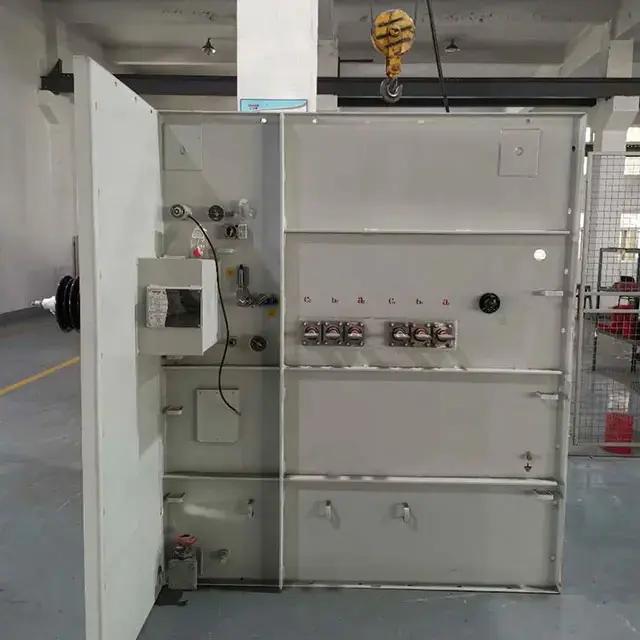
Different application scenarios: Photovoltaic Transformer is mainly used in photovoltaic power generation systems to increase the lower voltage output by photovoltaic inverters to a voltage level that meets the requirements of grid access. It is usually installed in locations such as booster stations in photovoltaic power stations to achieve efficient grid-connected transmission of photovoltaic power generation.

Ordinary transformers: Widely used in various links of power systems, including power plants, substations, factories, commercial buildings and residential areas, etc., to change the size of AC voltage to meet the voltage requirements of different electrical equipment.
Different performance requirements: Photovoltaic Transformer has strong anti-harmonic ability: Since inverters and other equipment in photovoltaic power generation systems may generate harmonics, photovoltaic transformers need to have good anti-harmonic ability to ensure the stable operation of themselves and the power grid.
Good heat dissipation performance: Photovoltaic power generation usually operates in outdoor environments and may be under high load for a long time. Therefore, Photovoltaic Transformer needs to have an efficient heat dissipation design to ensure stable operation under various environmental conditions.
High overload capacity requirements: The output power of photovoltaic power generation is affected by factors such as light intensity and is intermittent and volatile. Photovoltaic transformers need to be able to withstand a certain degree of short-term overload to adapt to the power changes of photovoltaic power generation systems.
Ordinary transformers: High stability requirements: Ordinary transformers need to operate continuously in a relatively stable power system to ensure the accuracy and reliability of voltage conversion.
High efficiency requirements: In long-term operation, ordinary transformers need to reduce losses as much as possible and improve energy conversion efficiency.
Photovoltaic Transformer has a high insulation level: Due to the high DC component and harmonics that may exist in photovoltaic systems, the insulation design of photovoltaic transformers is usually more stringent to ensure safe operation in complex electrical environments.
Relatively small size and weight: In order to facilitate installation in photovoltaic power stations, especially in some places with limited space, Photovoltaic Transformers are usually more compact in structural design, and their size and weight are relatively small compared to ordinary transformers.
Ordinary transformers: Various structural types: According to different application scenarios and voltage levels, ordinary transformers have a variety of structural forms, such as oil-immersed transformers, dry transformers, etc.
Different protection levels: The protection level of ordinary transformers depends on the requirements of the installation environment. For example, transformers installed outdoors usually have a higher protection level to prevent the influence of dust, moisture and other external factors.